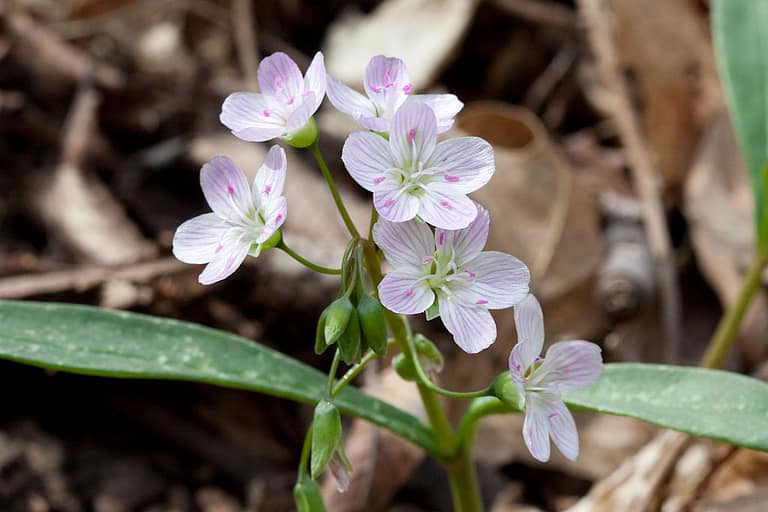Year one monitoring of the Whitewood Farm Mitigation Bank was completed in early May 2020 and has been submitted for IRT review. This vital ecological restoration effort, including invasives management and transplantation of significant new native plant material, is all part of restoring these headwater floodplains and the many ecological functions on the site. Monitoring takes place annually to document progress, and ensure the Bank is meeting its ecological goals.

Hundreds of monitoring plot locations for WWF Mitigation Bank were pre-determined randomly prior to entering the field at a density prescribed in the monitoring requirements.
Weather has been a factor for a few monitoring days, but monitoring data collection is nearing completion.
Monitoring reveals stem densities as well as survivability rates for tens of thousands of native plantings. It’s fun to see what shows up in some of the plots like: Red deadnettle (Lamium purpureum), which is great for bees, and Virginia spring beauty (Claytonia virginica), a member of the purslane family, which is an attractive spring perennial that grows from an underground tuber like a small potato, and has a sweet, chestnut-like flavor. Native Americans and colonists used them for food and they are still enjoyed by those interested in edible wild plants.
